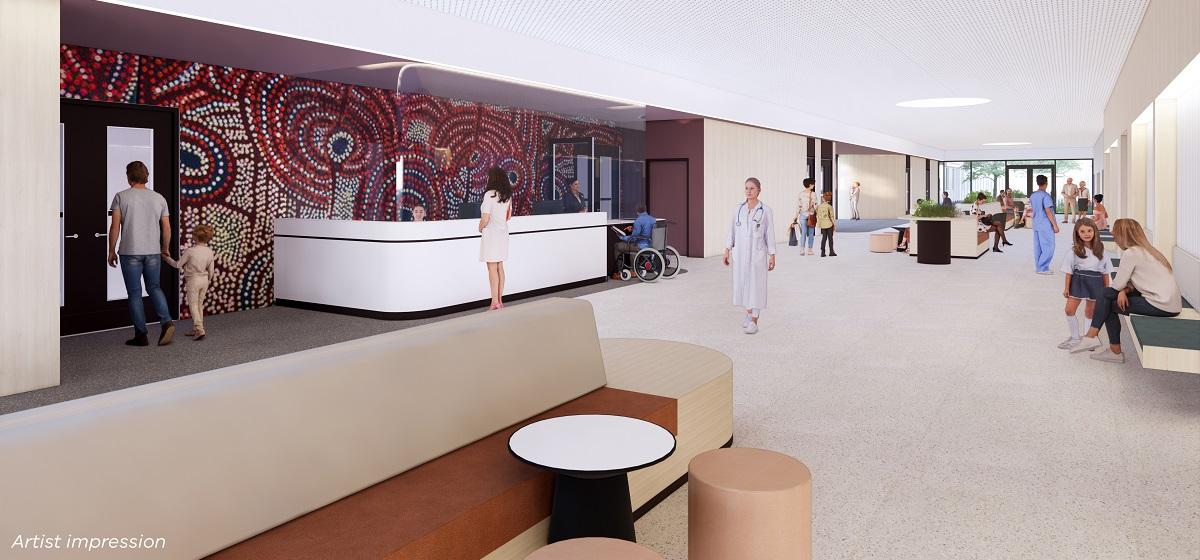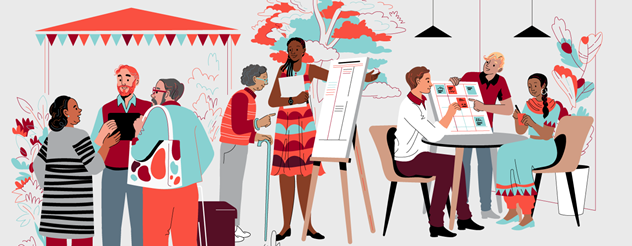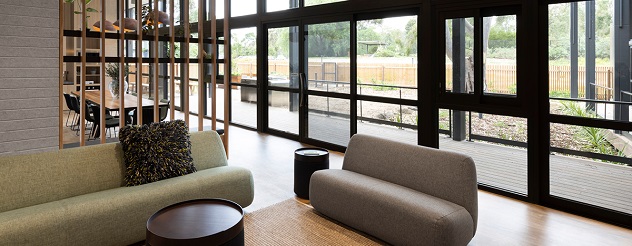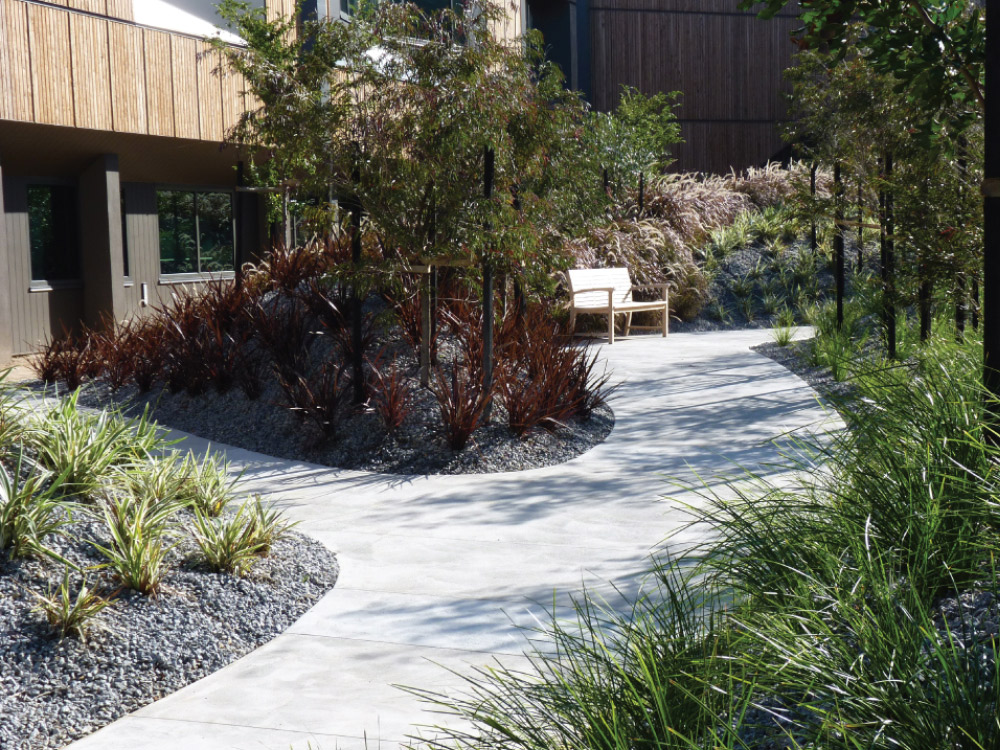VHBA In Brief: December 2022
Welcome to VHBA In Brief
Welcome to the latest Victorian Health Building Authority (VHBA) newsletter, VHBA In Brief.
In this issue:
- recap on health infrastructure projects
- major construction complete on Victorian Heart Hospital
- V-columns installed at the new Footscray Hospital
- designs released for community hospitals
- the latest project milestones, job openings and industry opportunities.
Subscribe to our mailing list to keep up to date on our announcements and project updates.
$10B+ investment in health infrastructure
The Victorian Government has announced a pipeline of new projects. This includes more than $10 billion for health infrastructure. This investment will help deliver world-class care for families across the state.
A $5-6 billion expansion of hospitals and research facilities at Arden and Parkville is set to deliver new campuses at the Royal Melbourne Hospital and Royal Women’s Hospital.
Other projects include:
- $1.05 billion to redevelop and expand the Maroondah Hospital at Ringwood
- $1 billion to upgrade the Austin Hospital and the Northern Hospital
- $675 million to build a new hospital and aged care facility in Drouin East, West Gippsland.
With such a significant range of projects heading into planning, the VHBA will hold an industry forum for our suppliers in 2023. The forum will provide a briefing on our program going forward covering timings, scope and procurement processes.
See the procurement section below for more information about staying up to date on opportunities.

In the spotlight
Major construction complete on Victorian Heart Hospital
Major construction on Australia’s first specialist, standalone cardiac hospital is complete.
Located on the Monash University Clayton campus, the $577 million Victorian Heart Hospital will provide innovative, holistic and patient-centred care, as well as world-leading research and education.
Following a commissioning period, the hospital is expected to welcome its first patients in early 2023. It will be operated by Monash Health.
Learn more about the Victorian Heart Hospital.
Take a look inside the Victorian Heart Hospital
V-columns installed at the new Footscray Hospital
We’ve reached another milestone on the new Footscray Hospital, with the installation of the new building’s concrete V-columns.
The columns mark an exciting architectural milestone for this once-in-a-generation project for Melbourne’s west.
Each column is designed to support a load of nearly 6,000 tonnes – that’s the equivalent of over 1,400 elephants in weight!
Learn more about the new Footscray Hospital.
See how the new Footscray Hospital is taking shape
Designs released for community hospitals
The designs for new community hospitals have been released. The designs have been carefully considered to create a safe and welcoming environment for the community and employees.
See the designs and learn more about your new community hospital:

Artist impression: Reception area at Mernda Community Hospital

Project pulse
See our latest milestones:
- Warrnambool Base Hospital redevelopment: Community survey summary report
- Youth prevention and recovery care: Sites announced for new centres
- Thomas Embling Hospital upgrade: Designs released and builder appointed
- Regional Health Infrastructure Fund: More than $70 million for upgrades
We’re hiring! As VHBA grows, we are looking for project directors and there are several roles across project management and asset management also available. Visit Careers.Vic to explore VHBA opportunities.

In case you missed it

Procurement
Missed our New Melton Hospital Project industry briefing on 6 October 2022? You can view the presentation and video recording online.
Looking for new procurement opportunities?
- Camperdown Residential Aged Care – Main Works (closing 15 Dec 2022)
- Camperdown Residential Aged Care – Work packages (closing Nov 2023)
- Early Parenting Centres – Work packages (closing Jun – Nov 2023)
We encourage suppliers to register on Buying for Victoria (tenders.vic.gov.au) and the Industry Capability Network (ICN Gateway) to view VHBA invitations to supply.
In accordance with the Victorian Government procurement process and policies, we approach the market on an ongoing basis to invite organisations to supply. Therefore, we are unable to meet with suppliers on a one-on-one basis.
Visit our procurement page to learn about how to work with us and follow VHBA on LinkedIn for news and opportunities, including updates in coming months about our 2023 Industry Forum.
Subscribe to stay up-to-date

Keep up with our announcements and health, mental heath and ageing projects by signing up to our online newsletters.








